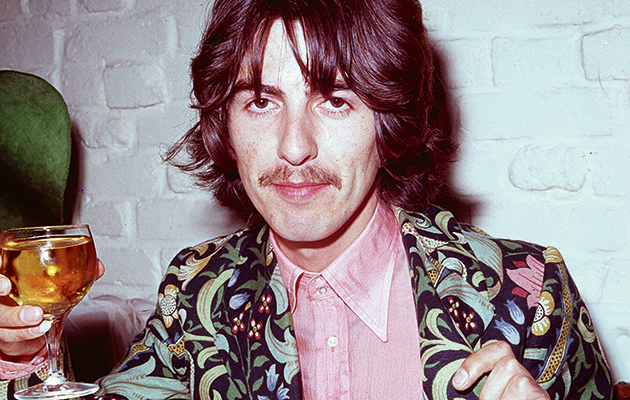How a gang of psychedelic tailors and shopkeepers changed the look and the culture of 1960s London. Tom Pinnock stitches together the story of Granny Takes A Trip, and the rock elite who shopped there. “I’ll never forget trying on some green velvet trousers,” says Kenney Jones. “The bloke sa...
As quickly as it had all begun, though, the scene began to unravel. John Pearse started to feel frustrated with the increasingly ‘hippy’ direction fashion was moving in, and left Granny’s – and the trio’s band, Hapshash – in 1968, and headed to Italy to make films. As a kind of memorial, his 1948 Dodge was sawn in half and placed at the front of the shop, as if it had crashed through from the inside. In fact, nearly all the pioneers felt things had become too mainstream: Michael Rainey and Jane Ormsby Gore of Hung On You left to live on the island of Gozo in 1969, the Lesmoir-Gordons headed for an ashram in India in 1968, and James Wedge and Pat Booth left Top Gear for careers in art and photography in 1970.
With Pearse gone, and Waymouth preoccupied with his successful work in poster art, he and Sheila Cohen sold Granny’s to Freddie Hornik, who’d previously worked at the King’s Road’s Dandie Fashions. While Hornik kept the store a success, kitting out Rod Stewart, Marc Bolan, the Stones and Gram Parsons, its days as a countercultural force were over; the King’s Road had similarly succumbed, with chain stores moving in as the ’70s dawned. Waymouth became an artist, while Pearse later returned to tailoring in Soho. Neither of them today know the whereabouts of Sheila Cohen, and their attempts to track her down have been unsuccessful.
“It was both exciting and alarming to see how mainstream this was all going,” says Joe Boyd. “My first impulse was that UFO could become a huge thing, and then pretty quickly I realised I was out of my depth. Big promoters were getting involved and the professionals were moving in. And the same thing was happening in every area, including fashion. Suddenly, in chain stores, collars were getting longer, flowers were appearing and people were selling kaftans.”
Just how far the King’s Road boutiques had moved from the underground was demonstrated when, on May 1, 1971, the left-wing Angry Brigade organisation placed a bomb in Biba’s stockroom. In their letter claiming responsibility, they paraphrased Bob Dylan – “If you’re not busy being born you’re busy buying” – and called boutiques “modern slave-houses”.
“By the mid-’70s of course, politics and fashions had changed quite a lot,” says Nigel Waymouth. “It had no soft edges any more, and things changed. The drugs changed too; people weren’t just quietly smoking pot and dropping a tab now and then, there were a whole lot of hard drugs. It was a whole different atmosphere. Everything is processed now, but back in the ’60s it wasn’t. There was much more, ‘Have a go, let’s see what happens.’”
“He’s a little genius, Nigel Waymouth,” says Marianne Faithfull. “He was an artist, not a tailor. But those days were over where you had to have qualifications. It was all linked. Everything was connected.”
“Granny’s was from the ground up,” adds Waymouth, “as opposed to tailoring and boutiques that were coming from haute couture. We were coming out of ideas that we as young people wanted to wear, not what we were told was fashionable. Granny’s, Hung On You and Biba were blank canvases for people like myself to indulge our ideas in.”
If the psychedelic revolution was over, though, shoots of another were already sprouting on the King’s Road. Five months after the Biba bombing, Malcolm McLaren and Vivienne Westwood opened their Let It Rock boutique; within a few years, the shop, then renamed Sex, would spawn the Sex Pistols, and punk itself.
Thanks: Peter Watts and Simon Rycroft. Nigel Lesmoir-Gordon’s semi-autobiographical novel, Life Is Just…, is out now, as is Chris Joe Beard’s memoir, Taking The Purple: The Extraordinary Story Of The Purple Gang – Granny Takes A Trip… And All That!



